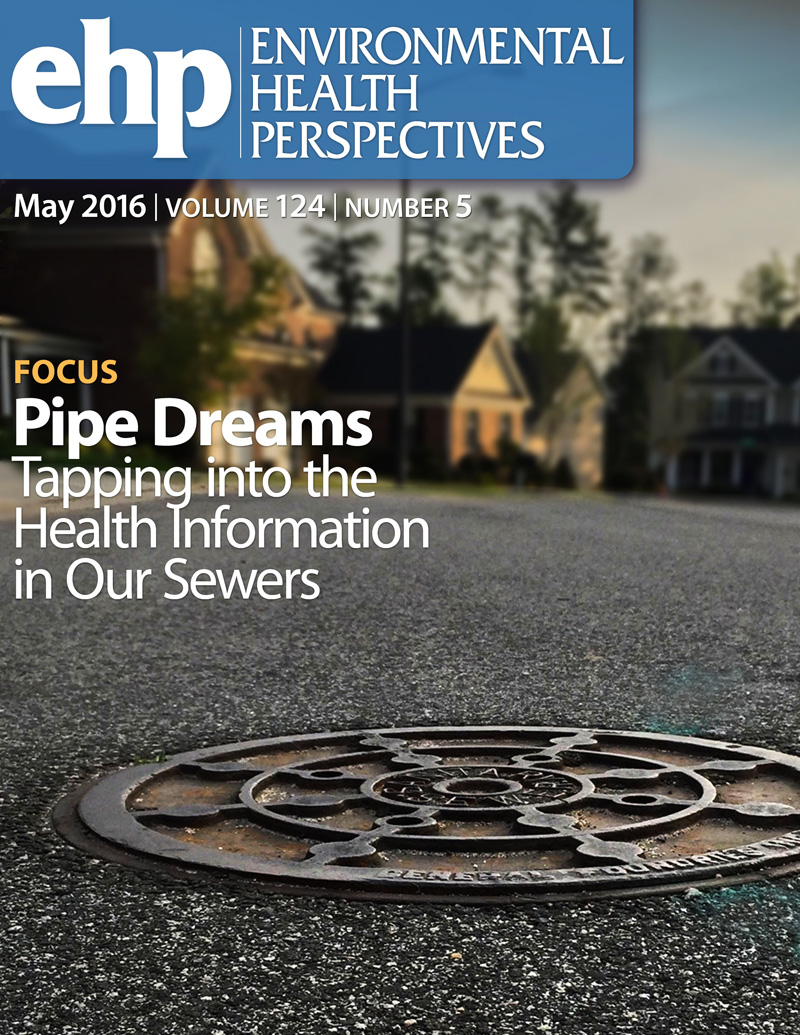空气污染和自闭症谱系障碍:揭示加州多污染物风险和社会人口影响。
IF 9.8
1区 环境科学与生态学
Q1 ENVIRONMENTAL SCIENCES
引用次数: 0
摘要
自闭症谱系障碍(ASD)是一种全球范围内患病率不断上升的神经发育疾病。空气污染可能是自闭症病例增加的主要原因。本研究调查了产前和产后早期暴露于特定空气污染物的自闭症风险是如何被关键的社会人口因素所改变的,探讨了脆弱暴露期。方法:我们在加利福尼亚州(CA)进行了一项基于人群的队列研究,对2013-2018年出生的2,371,379名儿童中的44173例ASD病例进行了研究,这些儿童与加利福尼亚州发展服务部(DDS)的记录相关,以提取2022年底之前的ASD诊断。利用机器学习的先进土地利用回归(LUR)时空模型估算了产前和产后1年的空气污染暴露(细颗粒物- PM2.5、二氧化氮- NO2和臭氧- O3)。采用Logistic回归估计四种模型的比值比和95%置信区间:单时期(产前或产后)的单污染物、单时期的多污染物、双时期(产前和产后)的单污染物,以及双时期的多污染物共调整,调整了相关的个体和区域协变量。结果在所有模型中,产前和产后PM2.5暴露均增加ASD的发生率。在单一和多种污染物模型中,出生前后NO2与ASD相关,但出生后仅在双时间段模型中相关。相比之下,O3与NO2在单一和多污染物模型中呈现相反的模式,呈微负相关,在双时间段模型中转为正相关。出生后二氧化氮的影响在黑人和西班牙裔儿童中最为强烈,这表明与交通有关的暴露对二氧化氮的影响更大。结论孕期和产后暴露于特定空气污染物与ASD风险增加有关,社会人口统计学差异可能突出暴露热点和来源以及亚人群脆弱性。https://doi.org/10.1289/EHP15573。本文章由计算机程序翻译,如有差异,请以英文原文为准。
Air Pollution and Autism Spectrum Disorder: Unveiling Multipollutant Risks and Sociodemographic Influences in California.
BACKGROUND
Autism Spectrum Disorder (ASD) is a neurodevelopmental condition of increasing prevalence worldwide. Air pollution may be a major contributor to the rise in ASD cases. This study investigated how the risk of ASD from prenatal and early postnatal exposure to specific air pollutants is being modified by key sociodemographic factors exploring vulnerable exposure periods.
METHODS
We conducted a California (CA) population-based cohort study of 44,173 ASD cases among 2,371,379 children born between 2013-2018 (CA birth registry) linked to CA Department of Developmental Services (DDS) records to extract ASD diagnoses prior to the end of 2022. Prenatal and 1-year postnatal air pollution exposures (fine particulate matter - PM2.5, nitrogen dioxide - NO2, and Ozone - O3) were estimated using an advanced land-use regression (LUR) spatiotemporal model with machine learning. Logistic regression was used to estimate odds ratios and 95% confidence intervals for four models: single-pollutant at a single-period (prenatal or postnatal), multi-pollutant at a single-period, single-pollutant with dual-periods (prenatal and postnatal), and multi-pollutant with dual-time period co-adjustment, adjusting for relevant individual and regional covariates.
RESULTS
Prenatal and postnatal PM2.5 exposure increased ASD odds in all models. NO2 was associated with ASD pre- and postnatally in single and multi-pollutant but postnatally only in dual time period models. In contrast, O3 showed the opposite pattern of NO2 with slightly negative associations in single and multi-pollutant models that turned positive for the prenatal period in dual time period models. The postnatal NO2 effect was strongest among Black and Hispanic children, suggesting higher contributions from traffic-related exposures.
CONCLUSIONS
Exposure to specific air pollutants during pregnancy and in the postnatal periods are associated with an increased risk of ASD, with sociodemographic differences potentially highlighting exposure hot spots and sources as well as subpopulation vulnerabilities. https://doi.org/10.1289/EHP15573.
求助全文
通过发布文献求助,成功后即可免费获取论文全文。
去求助
来源期刊

Environmental Health Perspectives
环境科学-公共卫生、环境卫生与职业卫生
CiteScore
14.40
自引率
2.90%
发文量
388
审稿时长
6 months
期刊介绍:
Environmental Health Perspectives (EHP) is a monthly peer-reviewed journal supported by the National Institute of Environmental Health Sciences, part of the National Institutes of Health under the U.S. Department of Health and Human Services. Its mission is to facilitate discussions on the connections between the environment and human health by publishing top-notch research and news. EHP ranks third in Public, Environmental, and Occupational Health, fourth in Toxicology, and fifth in Environmental Sciences.
 求助内容:
求助内容: 应助结果提醒方式:
应助结果提醒方式:


